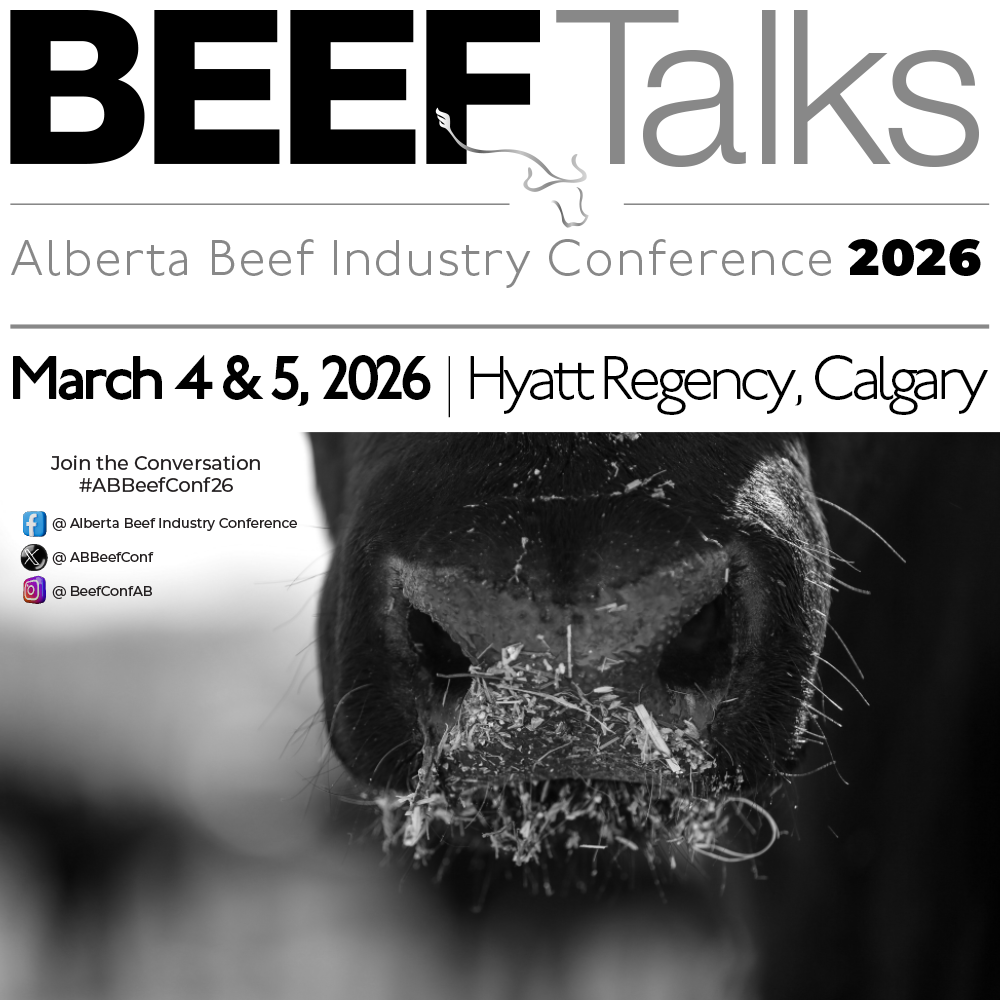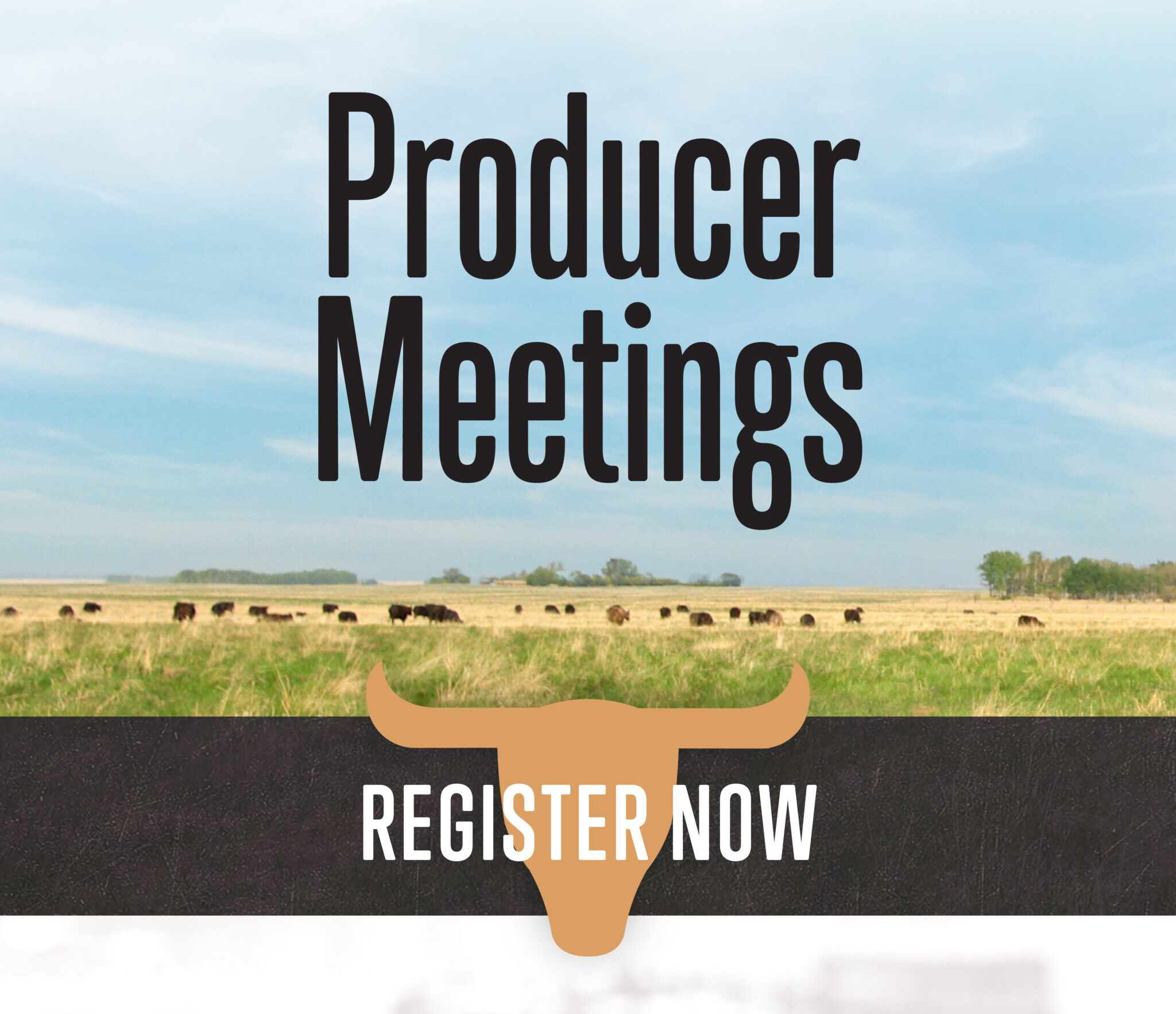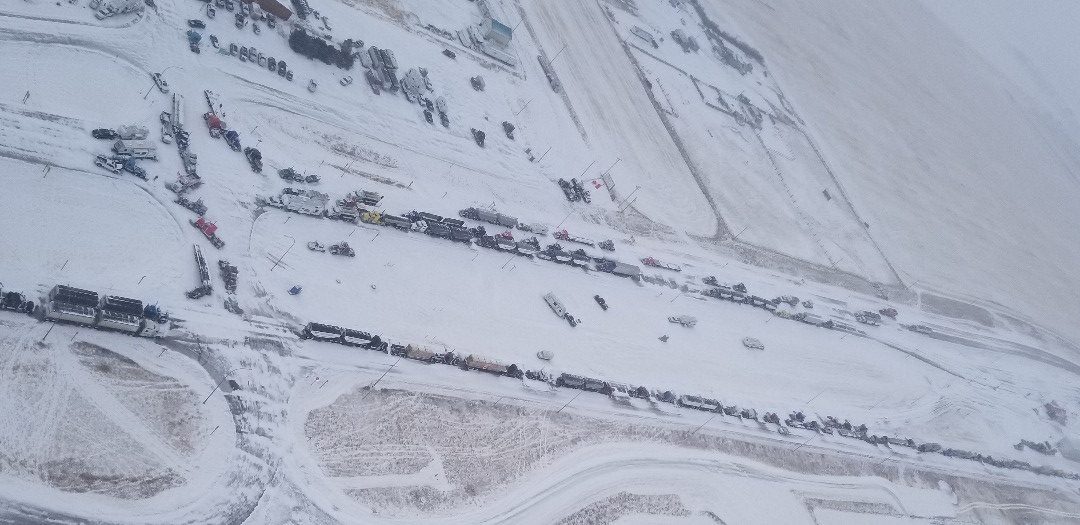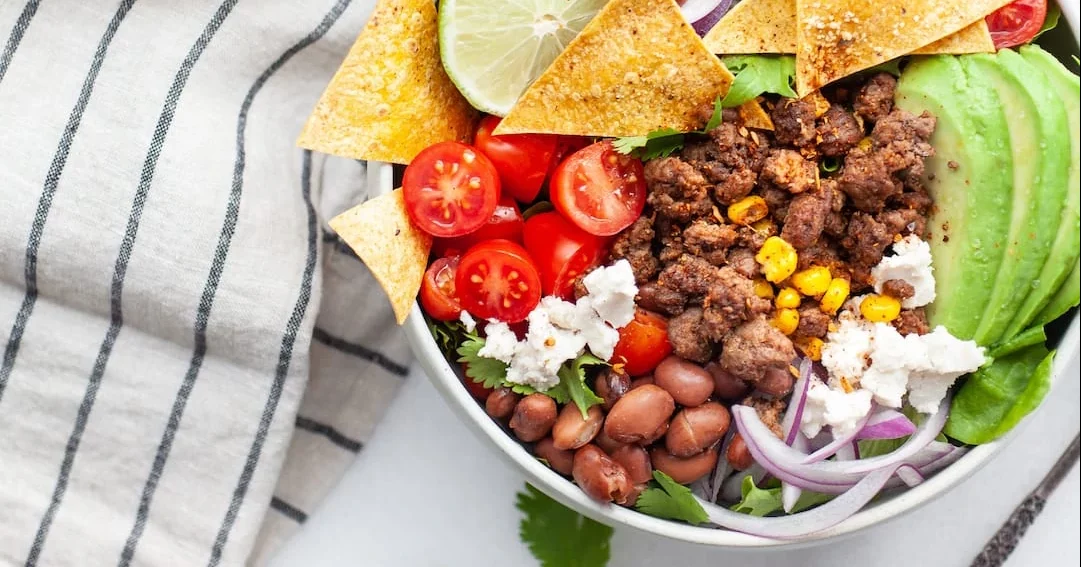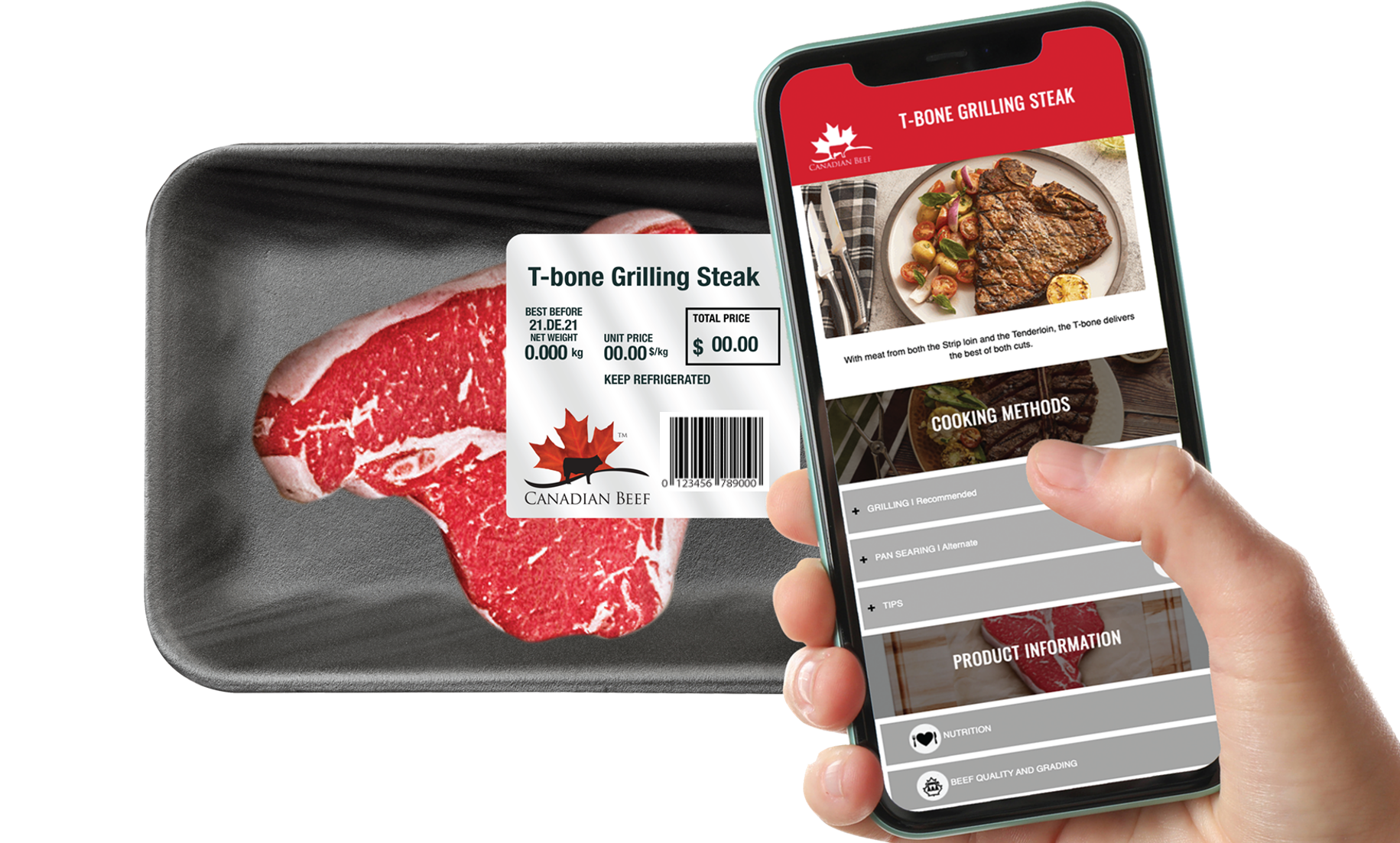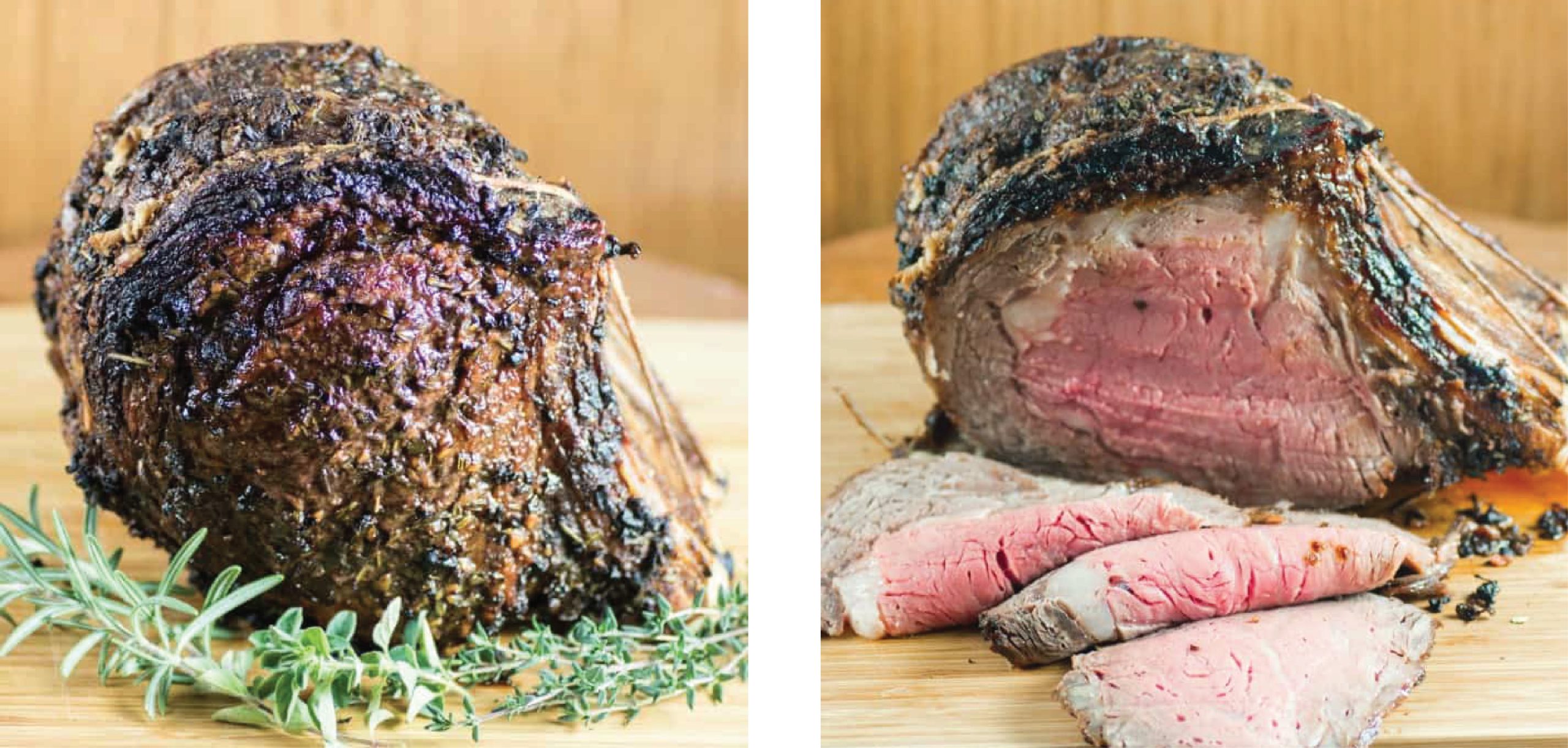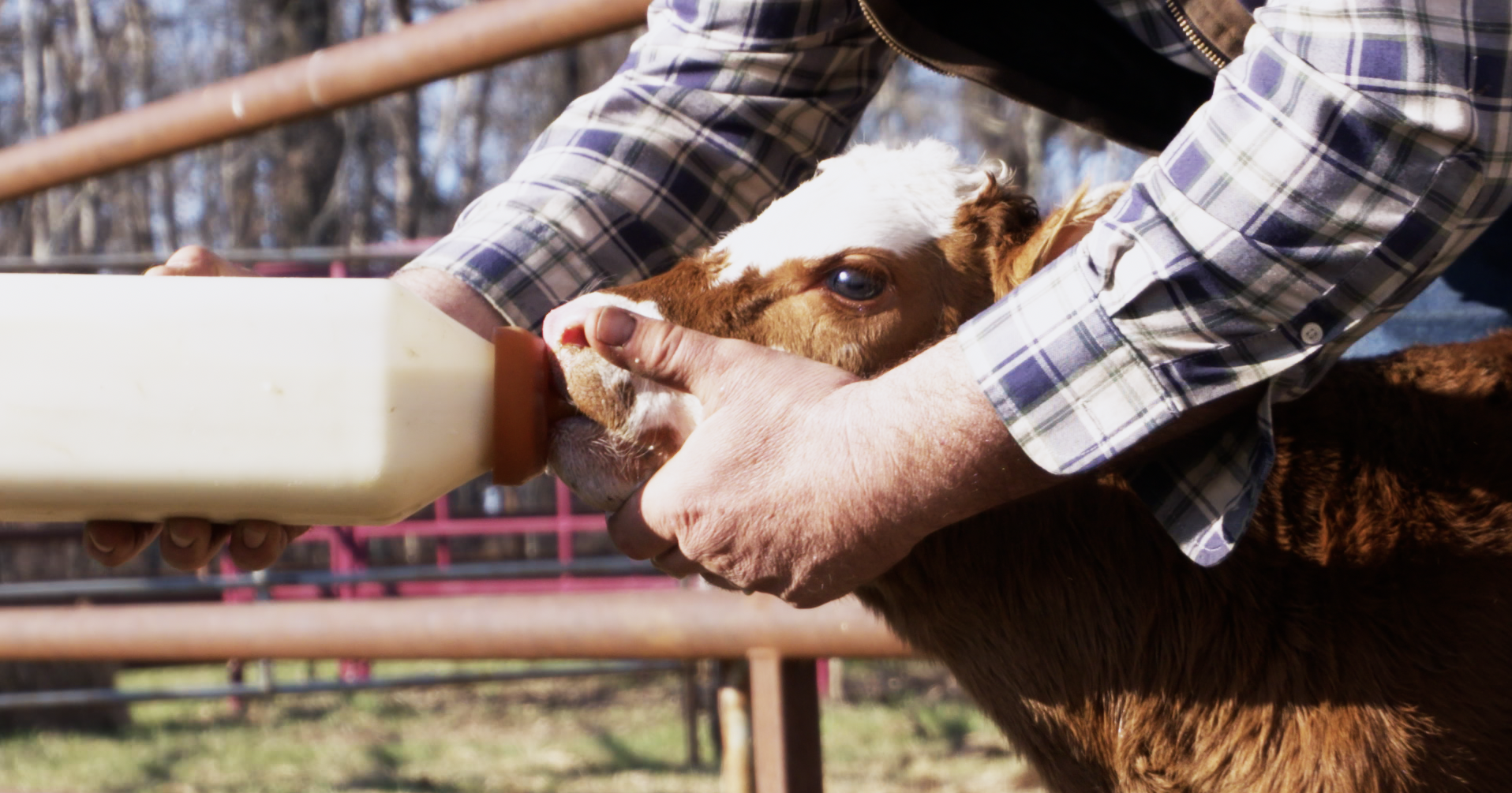AB Direct - Steers
Rail: 492.00-493.50 FOB feedlot (last week)
AB Direct - Heifers
Rail: 492.00-493.50 FOB feedlot (last week)
US Trade- Steers
Rail: 355.00-363.00 (IA, NE) last week
US Trade - Heifers
Rail: 355.00-363.00 (IA, NE) last week
Canadian Dollar
0.19
RCMP taking ‘further action’ on Coutts border assembly
Alberta Royal Canadian Mounted Police (RCMP) say they are taking further action on the Coutts border assembly. In a statement, Alberta RCMP say what “may have begun as a peaceful assembly quickly turned into an unlawful blockade.” “While the Alberta RCMP has been in a position to conduct enforcement, we have been engaged with protesters…
Over 150 loads of beef stalled at Canada-U.S. border
According to the Canadian Meat Council (CMC), there are currently over 150 loads of Canadian beef unable to pass the Coutts/Sweetgrass border crossing. “The longer this takes, it will cause more supply chain issues and this will affect everyone from producer to consumer,” said a CMC statement on Monday. “The beef industry is aware of…
Alberta farmers getting on board with grain bag recycling pilot
Farmers universally value tools that give them options when it comes to making decisions about crop production. For example, some prairie farmers choose to use grain bags if a harvest has been abundant and extra storage is needed or bin storage is not available close to where the grain is harvested. In the past decade,…
Canfax Weekly Article | Report for the week of January 31, 2022
Over the previous two weeks, Western Canadian fed cattle prices have averaged in the low $160s/cwt while Ontario prices have averaged in the low to mid $170s/cwt. Last week Alberta fed prices were at an estimated $12.50/cwt discount to the U.S. market. Eastern Canadian prices did move to a slight discount to the Nebraska market,…
Recipe: Healthy Taco Salad
I teamed up with Alberta Beef Producers to make this healthy taco salad recipe so it of course contains a perfect serving of what I like to call “the best beef in the world.” Ingredients 300g extra lean organic grass-fed beef ½ cup corn kernels 4 cups mixed greens lettuce 1 cup halved cherry tomatoes ½…
What We’re Reading | RDAR invests $521,000 in research projects to combat the growing risk of CWD
RDAR supports two advanced research projects that explore potential CWD impacts on agriculture crops and wildlife Results Driven Agriculture Research will invest a total of $521,000 into two critical Chronic Wasting Disease (CWD) projects led by researchers from the University of Alberta and the University of Calgary. These research projects will focus on understanding and…
Markets pricing in optimism
The market heading into 2022 looks positive, but unfortunately, high feed costs have taken a bite out of calf and feeder prices. The fall cattle market had its share of challenges. Ample fed supplies kept fed prices relatively flat to start the fourth quarter, cow prices hit some of the lowest prices in over 10…
Something B.I.G. is coming to a beef retailer near you
Connecting producers and retailers to beef consumers is about to get a whole lot easier thanks to a QR-code UPC code-based education portal spearheaded by Canada Beef. The Beef Information Gateway is a new digital ecosystem that aims to put beef education in the hands of consumers and open their minds to new and different…
Canfax Weekly Article | Report for the week of January 24, 2022
Last week the Canfax fed steer price closed around $160.25/cwt, $5/cwt higher than the previous week. Fed prices are $10/cwt higher than last year but $3.50/cwt lower than 2020. Last week dressed sales were reported from $257.00-276.50/cwt FOB lot. One packer was limiting the amount of cattle that they were buying from each producer. Cattle…
What to read ahead of Producer Meetings
Alberta Beef Producers (ABP) will be holding our Producer Meetings in January and February, with five in-person events and one virtual. In preparation for the upcoming meetings, we’ve compiled a few resources for your late-night or early-morning reading, and some reminders on what to bring along to the meetings. What to Read ABP 2021 Annual…
Recipe: Roast beef 101
Roast beef makes for an easy weekend dinner but can also serve as a fantastic holiday feast. Incredibly versatile and suitable for any occasion, a roast beef dinner is a fantastic meal to know how to make. The art of the roast | Get out of the roast rut with a BBQ pitmaster Prep Time:…
BCRC publishes video guides for calving season
The Beef Cattle Research Council (BCRC) is adding to its repertoire of valuable calving resources. This month, the organization published videos on esophageal feeding (tubing), colostrum management, and dehydration in calves. Calf 911 – The Ins And Outs Of Esophageal Feeding The video quickly summarizes the supplies needed, the McGrath feeder versus the bag feeder,…

